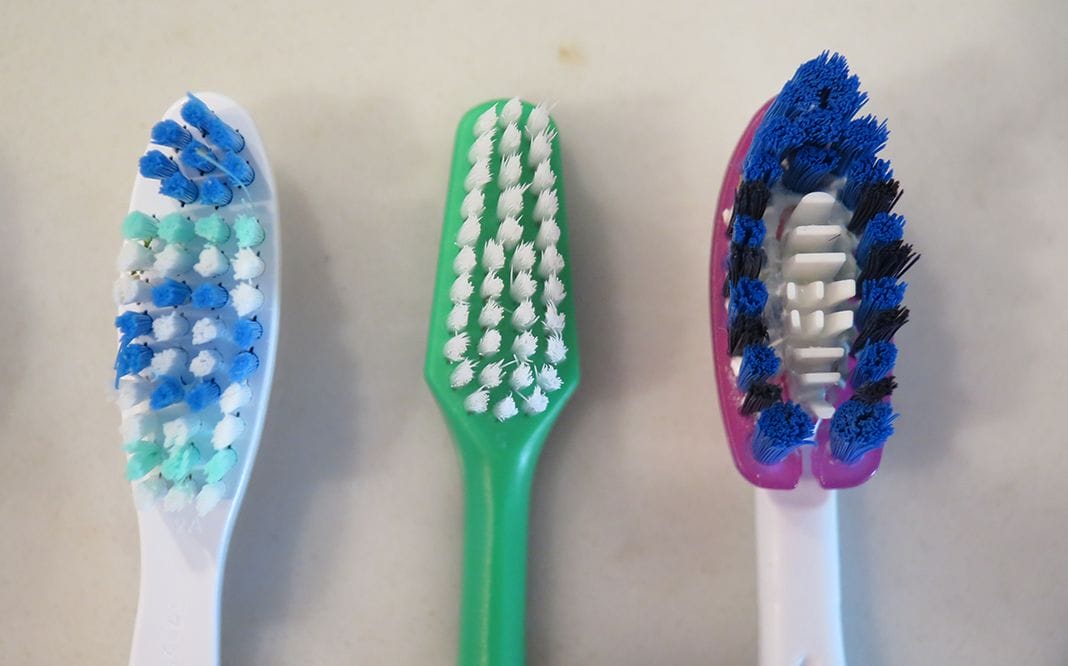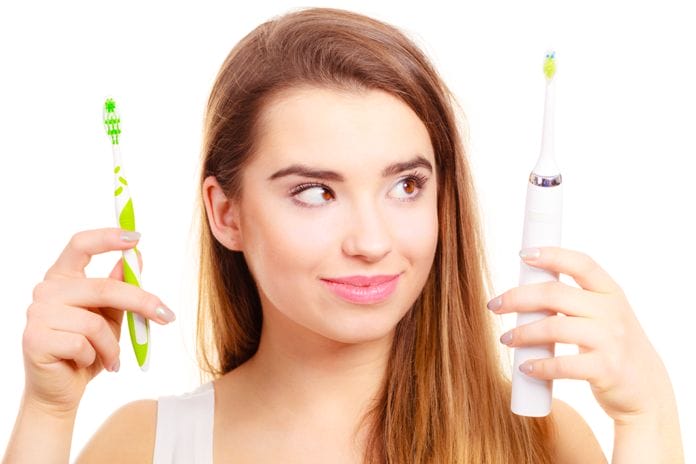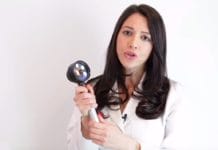How much thought do you put into your patients’ home care products? I think most hygienists do put effort into recommending products. Maybe it is because they have seen those products work for patients in the past. However, some are very limited in their recommendations because the practice will only purchase certain products; usually, less expensive products that are bought in bulk.
For years I worked in an office that found products for patients, stocked a variety of these products, and sold them to patients. It was a level of service we were providing to the patients to ensure that the work being done for them was going to be supported by the products they used at home. What would the best, non-surgical care matter, if the patient goes home to use a toothbrush that doesn’t fit their mouth, their needs, or their level of disease? What does it matter if I recommended an electric toothbrush if the patient doesn’t use it because it tickles too much, or they still use a manual toothbrush technique when they need to adapt to the new electric toothbrush technique?
Here are five things to consider before you recommend a specific toothbrush to your next patient.
1) We recommend this electric toothbrush in our office.
I often see questions about which electric toothbrush to recommend to patients as if one is obviously better than another. Yes, we all have our personal favorites or ones we are accustomed to recommending, but does that mean every patient should be using that brush? One patient may do well with one brush, and the next will let it sit in a drawer because it tickled too much. One may have excellent dexterity and can adapt a brush head perfectly in their mouth, where the next does not have that same ability.
Before you recommend just one type of electric toothbrush, make sure you know the patient in the chair1. Electric toothbrushes are an investment, and quite honestly, not every patient needs to make that investment3. Or maybe that patient needs to baby-step into an electric toothbrush, starting with an over-the-counter, battery type.
2) Medium and hard bristles are a no-no, but is soft, really soft?
We as a profession, have all concluded that patients need to be using soft bristle brushes. This is great, but did you know that soft is not a regulated texture? Soft bristles in one brand’s line could be very different than soft bristles in another brand’s line. Soft could even vary within the brand’s product line.
It is important for us to touch, feel, and try the toothbrushes we are recommending4. Helping patients understand why you are making a recommendation for a specific brush can help them make better buying decisions when they are faced with the toothbrush aisle at the pharmacy.
Softness comes down to the length of the bristle, how densely packed bristles are and bristle diameter3. I like to keep the brushes I get or recommend; if I get a new one, I will do a quick brushing with the previous one, and then brush with the newer brush to compare. It is a quick way for me to compare the texture of the two brushes before encouraging patients to try it in their mouths.

3) Brush heads are getting bigger, but our mouths are not.
The shapes of our faces are changing, and our mouths are getting narrower. This has always made me think, why are toothbrush heads in the U.S. so big? Toothbrush head size is another reason to try out the toothbrushes you recommend. Can you reach the last tooth in your mouth? Can you effectively brush the lingual tooth surfaces without gagging? Could your patient? Would the bristle design on the larger head allow a patient to clean the nooks and crannies, so many of them struggle with? Even though it seems reasonable to say that a larger brush head could clean more teeth at a time, creating fewer strokes and time needed, it could also mean that the brush is too big to reach the posterior teeth, negating the benefits of brushing more teeth at a time.
4) If you aren’t the one to make the recommendation, who is?
If patients are left to their own decision making, they will choose a product that is pretty or on sale. This is NOT what should be directing a patient to manage a medical disease of the mouth. The pharmacy aisle is overwhelming, and patients need guidance. Our home care recommendations are just as important as the treatment we are giving in the dental chair. Making sure a patient can care for themselves after the care we just gave them is crucial. I would argue, it is as critical as any prescription that is given after other medical procedures. Guide your patients and help them to find the best products for their mouth.
5) Grabbing what is in the closet and tossing it into the “goody bag.”
We all think about the products we use for patient care; from composites that are going to last long and look great, to the burs used to make a good prep, to the periodontal scaler we use to provide the best non-surgical care. Yet, the patient sees none of that. They are not aware of the thought and care that goes into what we use to treat them. What they do know is the item they may hold in their hand for the next few months that was given by you, and maybe even has your office name on it. If that toothbrush they associate with your office is not ideal; too hard, too big, and not right for them, what message are we delivering?
Putting as much thought into the products we are sending home with our patient is as necessary, and arguably more important, than what we use for them in the office. Managing their level of disease, new restorative treatments, and the many hard to reach areas, should factor into what they use at home. The patient will appreciate the thought that goes into the items placed in the “goody bag,” especially if we explain our reasons behind each product2.
In most of our dental education, there was a strong focus on the techniques we needed to manage the dental disease that was going to be presented to us. Making sure we could manage that disease without causing harm was what we spent most of our time learning. Yet, the more critical part of the dental appointment is making sure the patient can prevent further disease. Putting thought into an item as simple as a toothbrush can help your patients and elevate them to the next level in their oral health.
SEE ALSO: Finding Compassion with the Most Difficult Patients
DON’T MISS: Oil Pulling: Should Hygienists Recommend It?
References
- Arweiler, N. B., Auschill, T. M., & Sculean, A. (2017). Patient self‐care of periodontal pocket infections. Periodontology 2000.
- Ganss, C., Duran, R., Winterfeld, T., & Schlueter, N. (2018). Tooth brushing motion patterns with manual and powered toothbrushes—a randomised video observation study. Clinical oral investigations, 22(2), 715-720.
- Kashif, M., Sial, A. R., Mujahid, U., Mehmood, H., & Mohsin, M. (2015). EFFICACY OF TOOTH BRUSHES OF DIFFERENT BRISTLES DESIGN IN PLAQUE REMOVAL. In: Department of Public Health University of Punjab Lahore. Nishtar Institute of Dentistry, Multan.[serial online].
- Myneni, S. R. (2017). Effect of baking soda in dentifrices on plaque removal. The Journal of the American Dental Association, 148(11), S4-S9.











